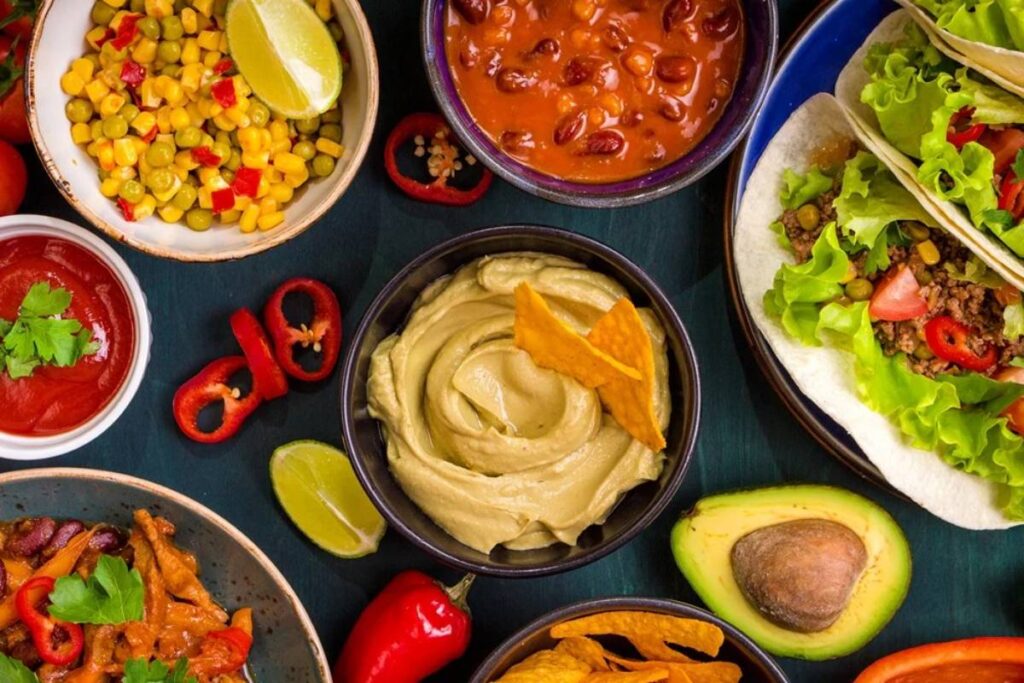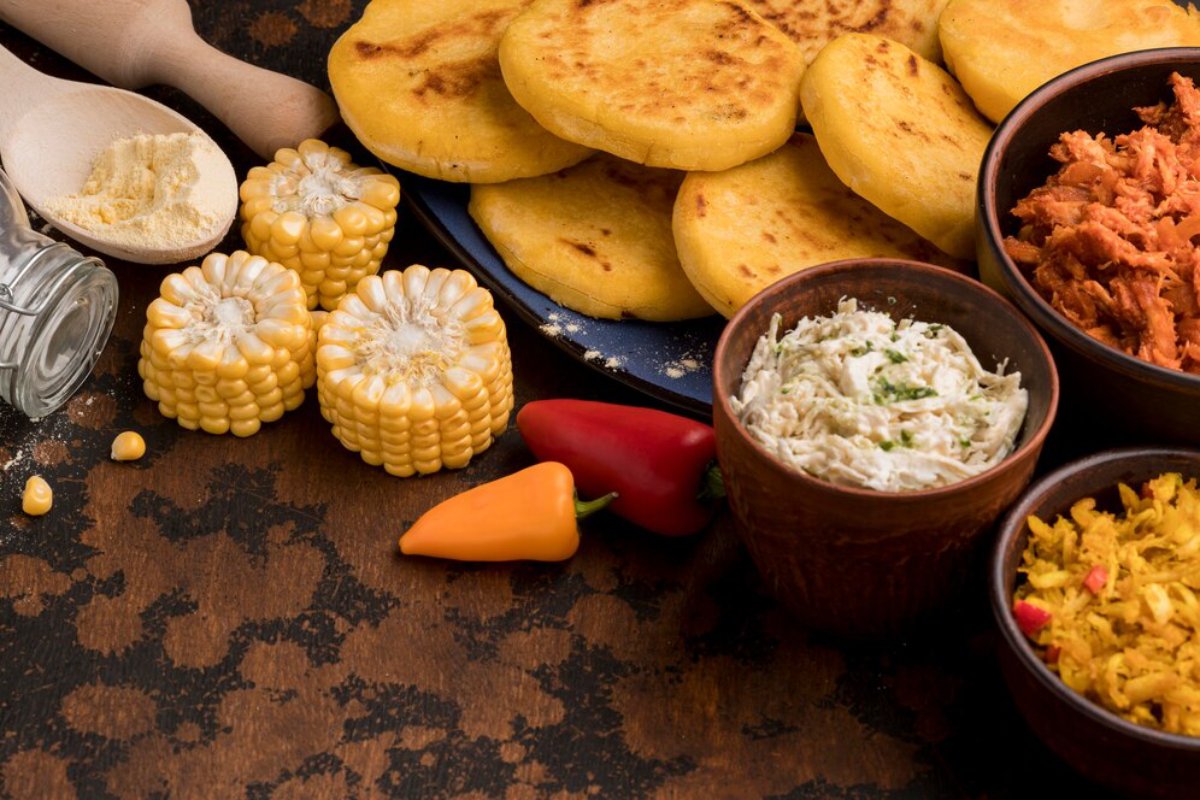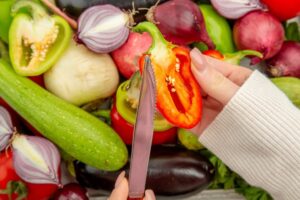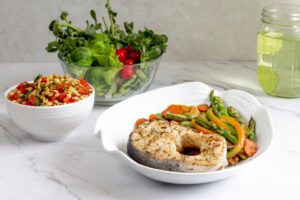The Health & Wellness Blog

Latin American Anti-Inflammatory Food Traditions
Haitian food is hardy and comforting, as is much of Latin American cuisine. It melds ancestral food knowledge of the indigenous peoples, the traditions of African cuisine and the impact of colonial Spanish foodways. Today, those diets are distinguished by their natural anti-inflammatory potential. Long before “inflammation” was a word even doctors understood, Latin America embraced foods that heal and help us live longer.
Traditional Latin American fare is complete with whole grains, legumes, herbs, fruits and healthy fats, from the Andes to the Amazon. They are a nutritional goldmine for anyone wanting to lower chronic inflammation naturally. Let’s explore how these culinary traditions provide time-tested strategies for lasting wellness.
Why It Matters: Modern Diets vs. Traditional Healing
In modern life, refined oil, processed foods and added sugars reign supreme. This may lead to chronic inflammation. This chronic immune response correlates with heart disease, diabetes, obesity, and autoimmune diseases.
Traditional Latin American diets emphasize natural, whole—what I call anti-inflammatory—foods. These foodways have been handed down through generations—not as trends but for survival, for vitality. Rediscovering these ingredients can improve our health and revitalise our culture.
Key Benefits of Latin American Anti-Inflammatory Ingredients
1. Abundance of Plant-Based Nutrients
Staple ingredients such as black beans, squash, corn, avocados, and tomatoes are high in fibre, antioxidants, and key vitamins. They combat oxidative stress and support gut health.
- Tomatoes contain lycopene, a strong anti-inflammatory antioxidant.
- Black beans are a good source of plant-based protein, magnesium, and fibre. They help lower blood sugar spikes and reduce inflammation.
- Avocados are high in monounsaturated fats and vitamin E, both known to calm inflammation.

2. Incorporation of Healing Herbs and Spices
Latin American kitchens use turmeric, oregano, cilantro, epazote, and cinnamon. These spices are known for fighting inflammation.
- Cilantro may help detox heavy metals and lower inflammatory markers.
- Cinnamon aids blood sugar regulation and reduces inflammatory compounds in the body.
3. Natural Fermentation Practices
Many people enjoy fermented foods every day. Examples include chicha, curtido (fermented slaw), and tepache (fermented pineapple drink). Probiotic-rich foods help digestion, boost immunity, and reduce inflammation. They nourish the gut microbiome.
Regional Examples of Anti-Inflammatory Latin American Foods
Andes Region (Peru, Bolivia, Ecuador)
- Quinoa: An ancient grain rich in protein, magnesium, and flavonoids.
- Amaranth: A gluten-free grain loaded with antioxidants and amino acids.
- Maca Root: Used for hormonal balance and reducing inflammation.

Mesoamerica (Mexico, Guatemala, El Salvador)
- Chilli Peppers: Contain capsaicin, which reduces inflammation and pain.
- Cacao (Raw Chocolate): Unprocessed cacao is rich in polyphenols and magnesium.
- Maise (Corn): Especially nixtamalised corn, which is more nutritious and digestible.
Caribbean Latin America (Cuba, Dominican Republic, Puerto Rico)
- Plantains: A resistant starch that feeds healthy gut bacteria.
- Cassava (Yuca): A fibre-rich tuber that promotes fullness and gut health.
- Seafood: Naturally high in omega-3 fatty acids, especially in coastal regions.
Amazon and Rainforest Cultures (Brazil, Colombia, Venezuela)
- Açaí Berries: Packed with anthocyanins that fight oxidative stress.
- Brazil Nuts: High in selenium, which supports immune and thyroid health.
- Guava and Papaya: Rich in vitamin C, digestive enzymes, and anti-inflammatory benefits.
Additional Expert Tips & Common Mistakes to Avoid
Tips for Adding Latin American Foods to an Anti-Inflammatory Diet
- Cook with colour: The deeper the colour of fruits and vegetables, the richer they are in antioxidants. Think purple corn, red peppers, and orange squash.
- Use traditional fats: Swap seed oils for avocado oil, olive oil, or coconut oil, which are commonly used in Latin cooking.
- Include legumes: Beans are a staple in most Latin cuisines. They are inexpensive, filling, and naturally anti-inflammatory.
Common Mistakes to Avoid
- Assuming Latin cuisine equals processed: Latin food often gets misrepresented by fast-food versions. True Latin cuisine is rooted in fresh produce and ancestral techniques, not deep fryers.
- Overloading on cheese and sour cream: These are modern additions, not traditional staples. Use them sparingly or replace them with avocado or salsa.
- Neglecting preparation methods can hurt digestion. Nixtamalisation, soaking beans, and slow cooking help absorb nutrients better. They also reduce gut irritation.
Advanced Insights and Expert Recommendations
Food as Cultural Medicine
Latin American food traditions are deeply intertwined with community, family, and land stewardship. Meals are often enjoyed slowly with loved ones and prepared with care. This emotional and social context is also healing, helping to reduce stress, a key inflammation trigger.
Support Sustainable and Ethical Sourcing
Many ingredients like cacao, quinoa, and açaí are now global superfoods. However, overharvesting and unfair trade can harm Indigenous communities. Choose fair trade, organic products when you can. Look for items from cooperatives that support local economies.
Integrative Nutrition Approaches
Health professionals are studying traditional diets to understand their protective benefits. Functional medicine practitioners often recommend considering your cultural background. This can help you find foods that your body is used to. Latin American diets provide a great example of an anti-inflammatory lifestyle. They focus on real and accessible ingredients.
Healing Through Heritage and Flavour
Latin American food traditions aren’t just tasty; they’re profoundly nurturing. This ancestral way of eating is good for our well-being. It lessens chronic inflammation and links us to our culture.
So when you simmer up a bowl of black bean soup, savour fresh mango with chilli-lime, or sip herbal chamomile after dinner, you’re not just eating — you’re healing.
Let’s reintroduce these traditions as a way of seeing not just flavour, but wellness rooted in heritage.









